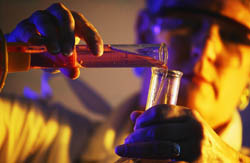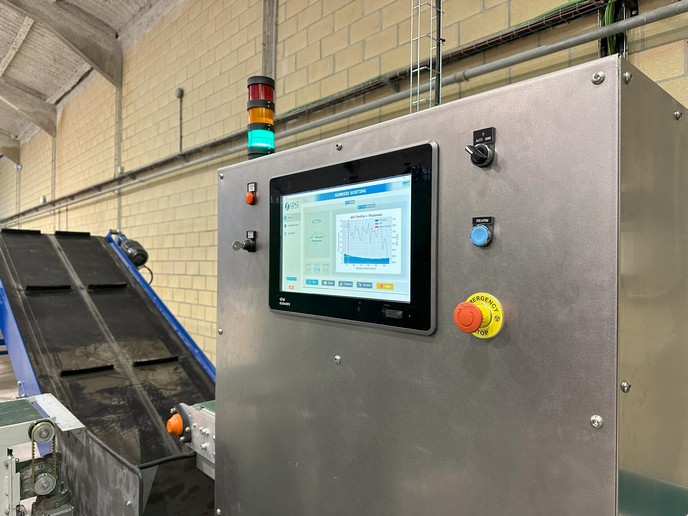Novel catalysts for the chemical industry
Homogeneous metal-organic catalysts have joined organic and inorganic chemistry and revolutionised synthetic chemistry with nearly 100 % selectivity, excellent activity and stability. Scientists combined the superior quality of metal-organic catalysts with a new structure, functionalised films and membranes, supported by EU funding of the project 'Hierarchically organized metal organic catalysts for continuous and multi-batch processes' (HICAT). They sought to exploit nano-scale structure using a bottom-up approach. The catalytically active metal complexes were linked with nanoparticles (NPs) such as polymeric gels or a class of silicone resin (silsesquioxanes). The NPs then linked to one another to produce innovative membranes of varying porosities. Novel catalyst systems using silsesquioxane-modified metal catalysts were used for continuous reactor operation with high turnover number. Several simple and economical synthesis routes were developed and patented. Scientists also demonstrated for the first time proof-of-principle for a novel class of polymer (microgel)-supported metal catalysts. These were used in two reactions and relevant patents will be filed shortly. The consortium developed important technology for hierarchical formation of layers of NPs of homogeneous NP size and different functionalities. Data support the excellent potential of microgel NPs to yield separation membranes with tailor-made properties. Finally, commercial applications often require spiral-wound membranes, flat-sheet membranes rolled into tubular form. HICAT demonstrated fabrication of suitable membranes into spiral-wound modules, further increasing commercial applicability and readiness. Powerful novel catalysts incorporated into porous membranes of tailor-made functionality and commercially relevant shapes open up new opportunities for integrated catalysis and separation. HICAT technology promises to increase the competitive edge of numerous EU chemical industries with superior processing capability for industrially relevant reactions.







